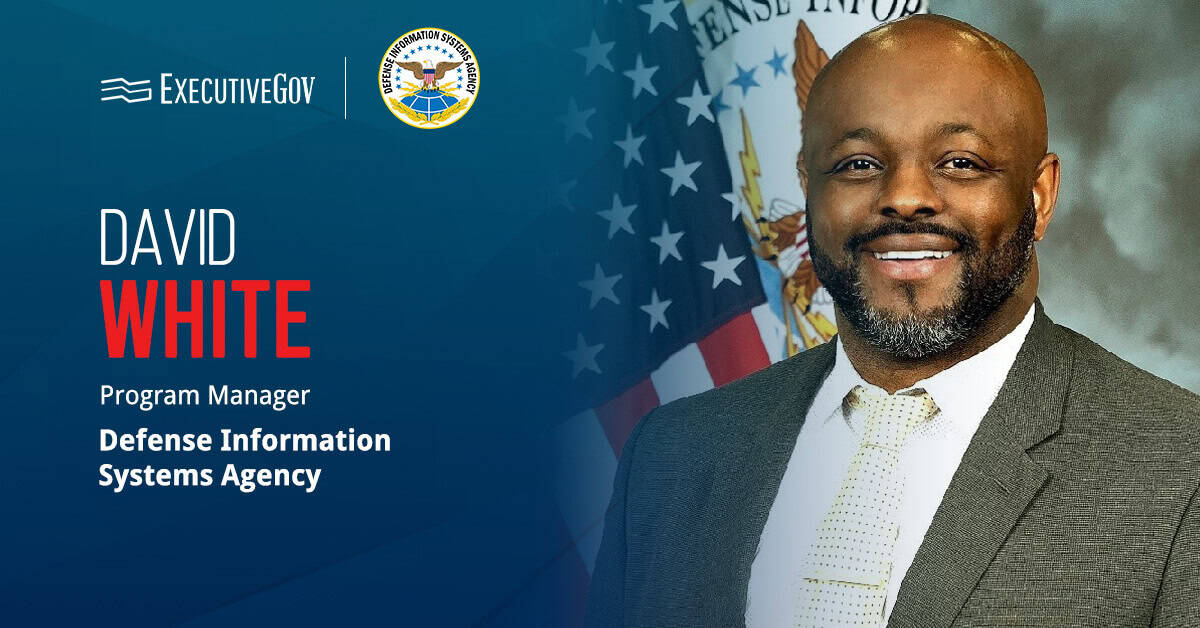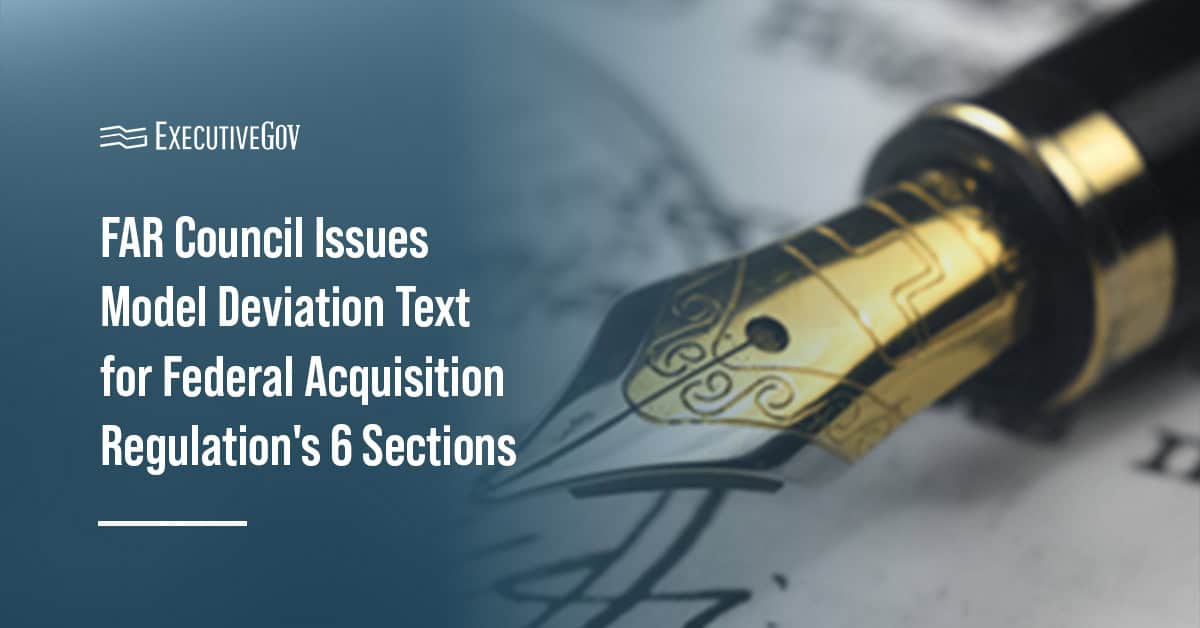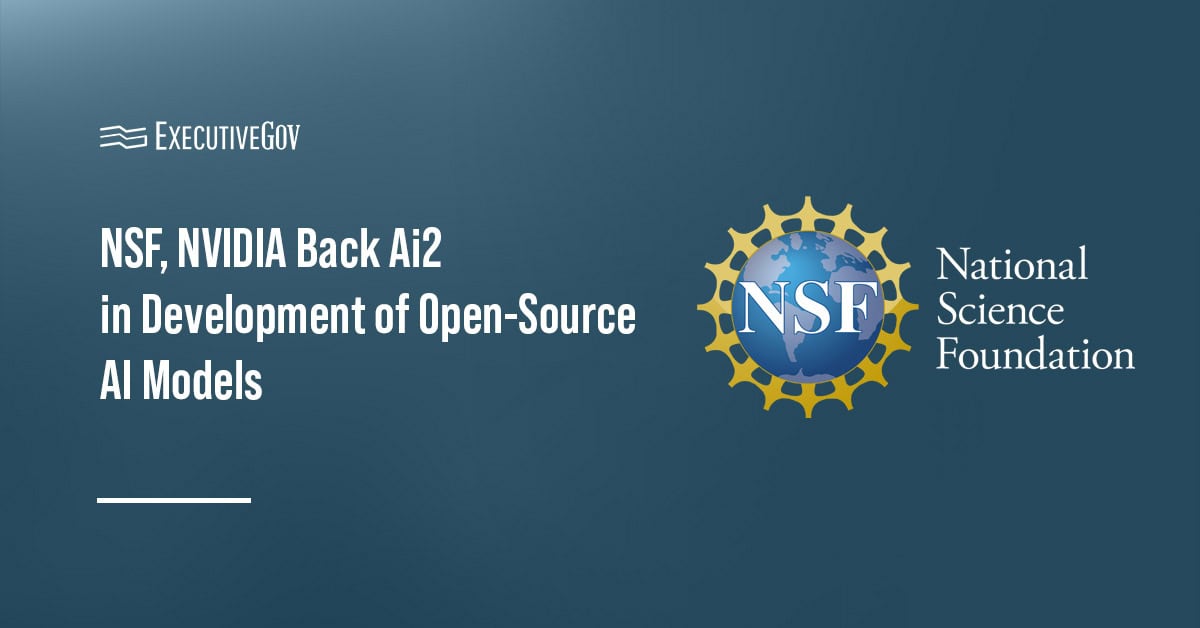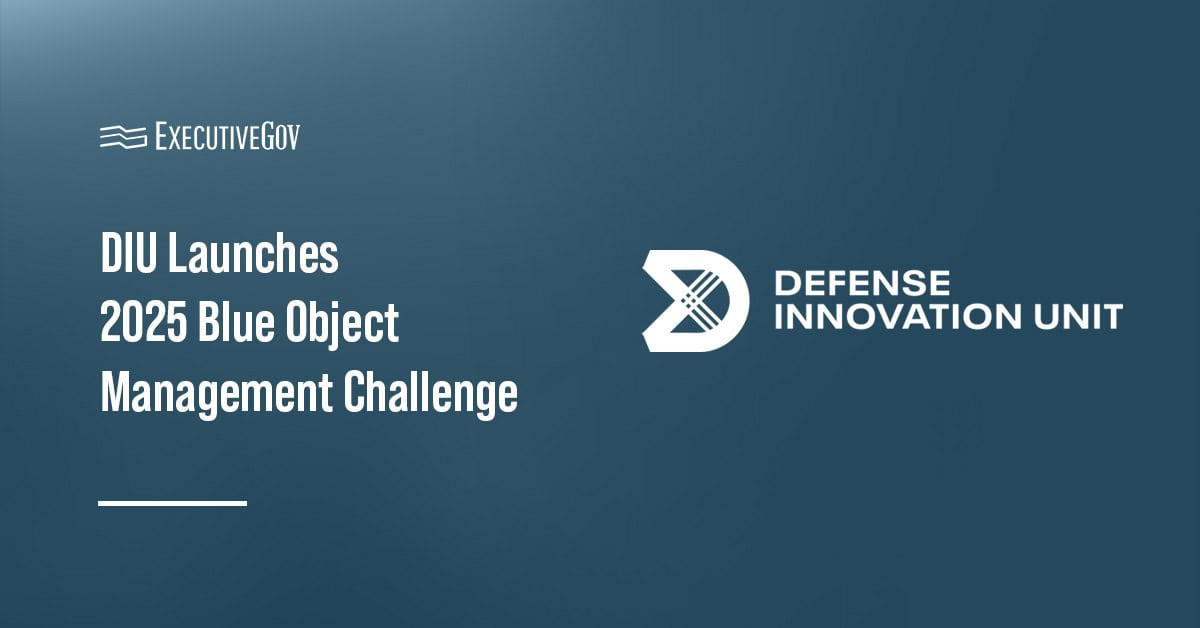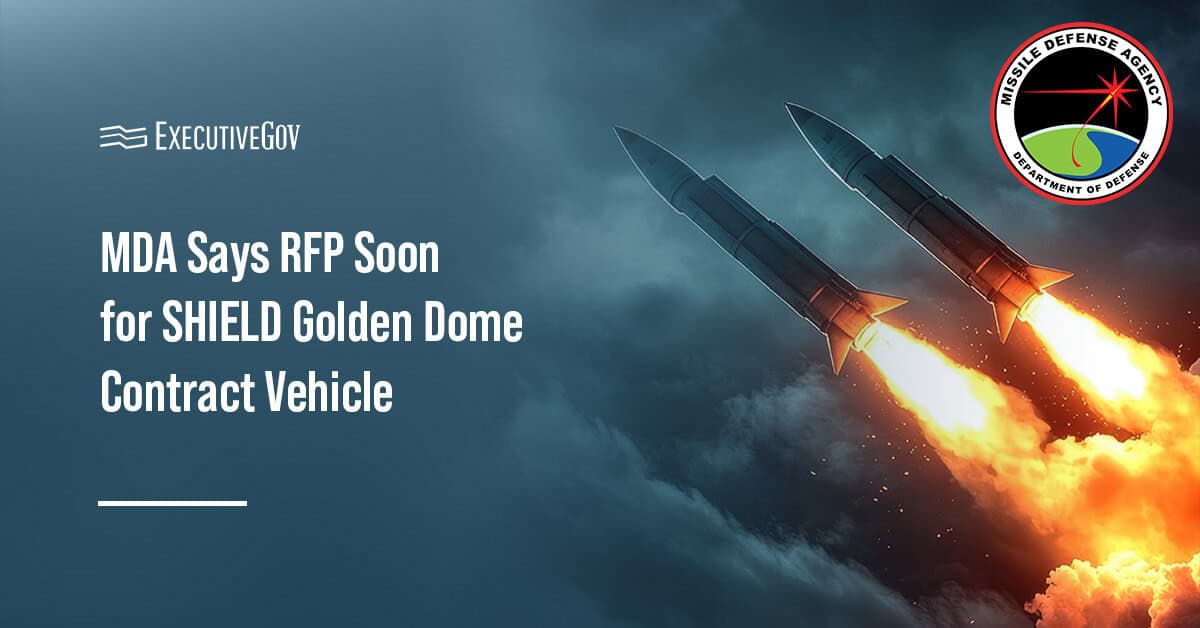The U.S. Space Force’s Space Systems Command has officially activated Systems Delta 85 at a ceremony at Peterson Space Force Base on Aug. 8. The ceremony, where USSF Col. Jason West took charge of SYD 85, was led by U.S. Air Force Brig. Gen. Michelle Idle, SSC said Friday. The activation of the SYD aims to support the Battle Management, Command, Control, Communication, and Space Intelligence Program Executive Office, or BM3CI PEO.
Table of Contents
What Are System Deltas?
SYDs combine the design, development and delivery of systems under a command structure for acquisitions. They complement the Space Operation Center’s Mission Deltas, which manage the sustainment of space systems, by merging all aspects of mission-area readiness within SSC’s existing PEO framework. The alignment integrates current Acquisition Deltas into SYDs with mission sets that correspond to MDs for mission generation, intelligence support and cyber defense. By pairing SYDs with MDs, the Space Force aims to better align development and operations, cut down on overlap and strengthen overall mission readiness.
The reorganization is expected to lead to minimal relocations of personnel and will not change the core of the main field commands, including SpOC, SSC and the Space Training and Readiness Command.
In the following months, more SYDs are set for activation, including SYD 81 for test and training on Sept. 9; SYD 88 for satellite communications on Sept. 12; SYD 89 for combat power on Sept. 30; SYD 831 for position, navigation and timing on Oct. 2; and SYD 80 for assured access to space on Oct. 7.
SYD 85 Details
SYD 85 will handle space domain awareness; missile tracking, detection, and defense; command, control and communication; battle management; and space access and networked services.
The SYD will have three system program directors, or SPDs, who will oversee battlespace awareness, battle management, as well as a system program manager, or SPM, who handles space intelligence projects. The SPDs and SPM will work on building and improving satellites, sensors, antennas, data systems and software for detecting threats and responding to space adversaries.
USSF’s Jason West, SSC’s Michelle Idle Share Thoughts
Commenting on the activation, West said that SYD 85 “is leading the way to rapid and effective fielding of new capabilities and cross-cutting integration of weapon systems critical to our national security.”
Idle said, “The Space Force’s System Delta framework aligns our acquisition programs within mission areas, allowing us to synchronize efforts and streamline the work between acquisitions and operations with our Mission Delta (MD) counterparts.”
“The framework consolidates and unifies existing command authorities and activities to foster unit cohesion, align command priorities, and optimize the force,” she added.



